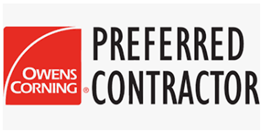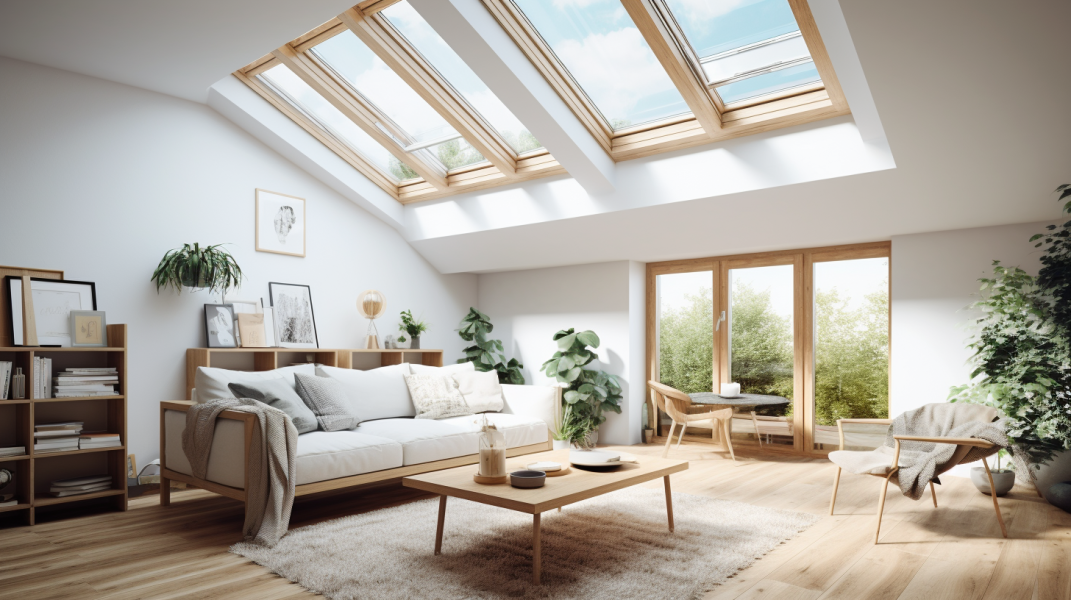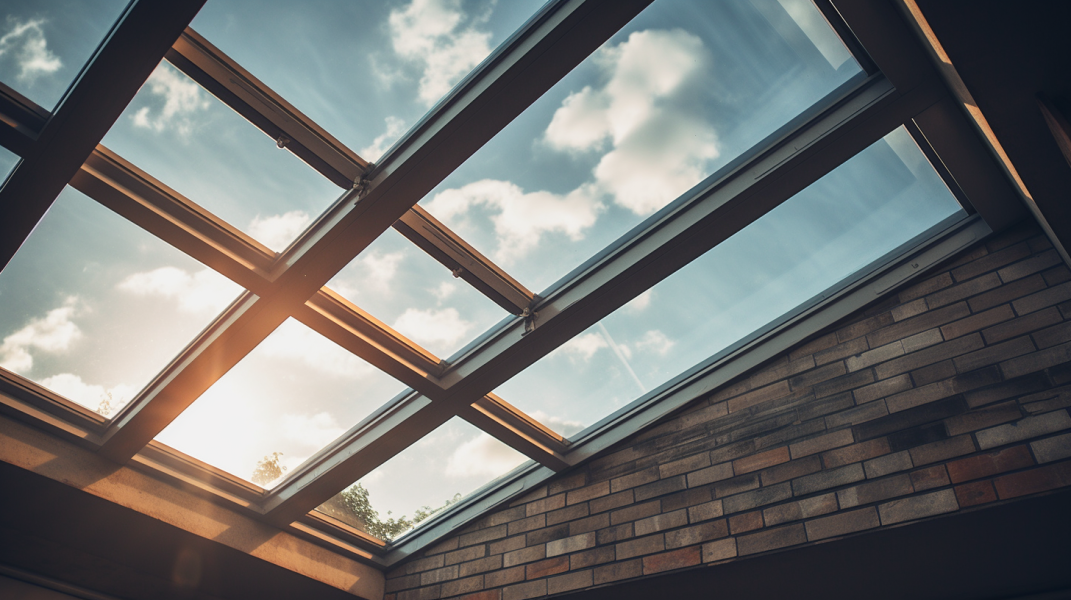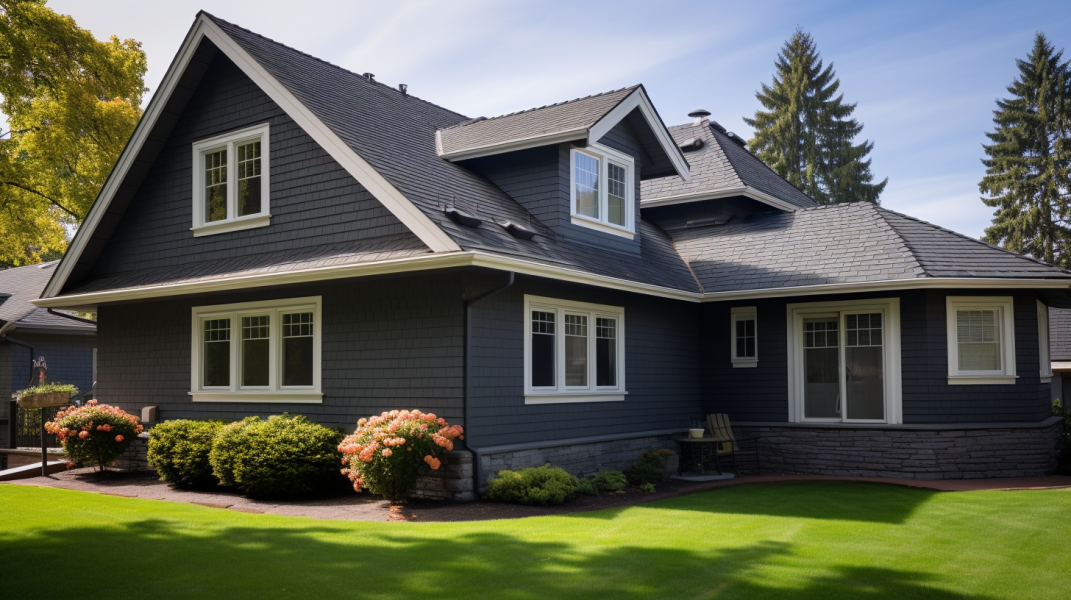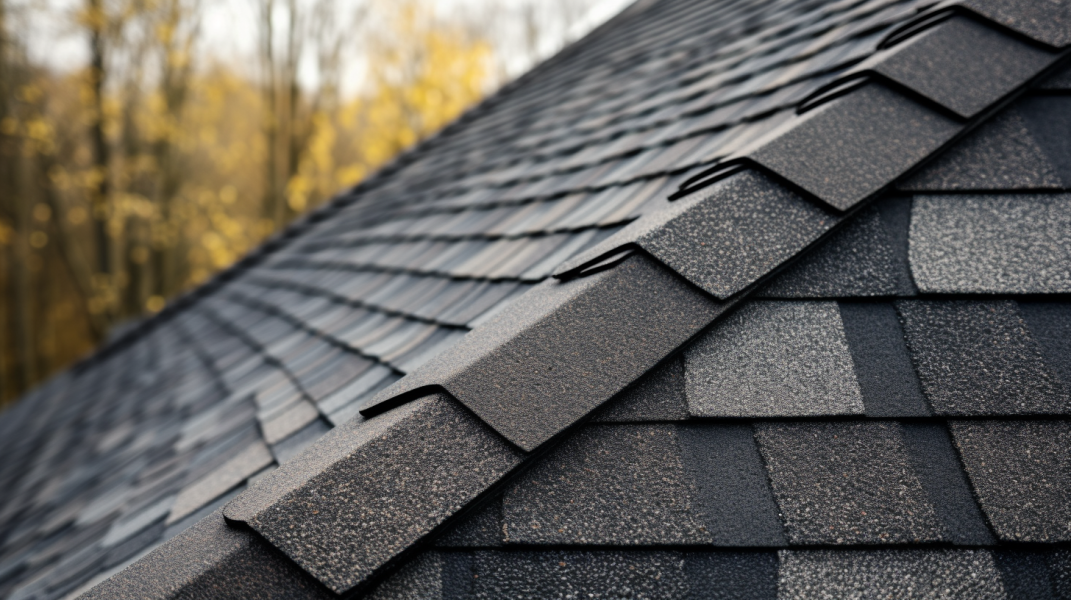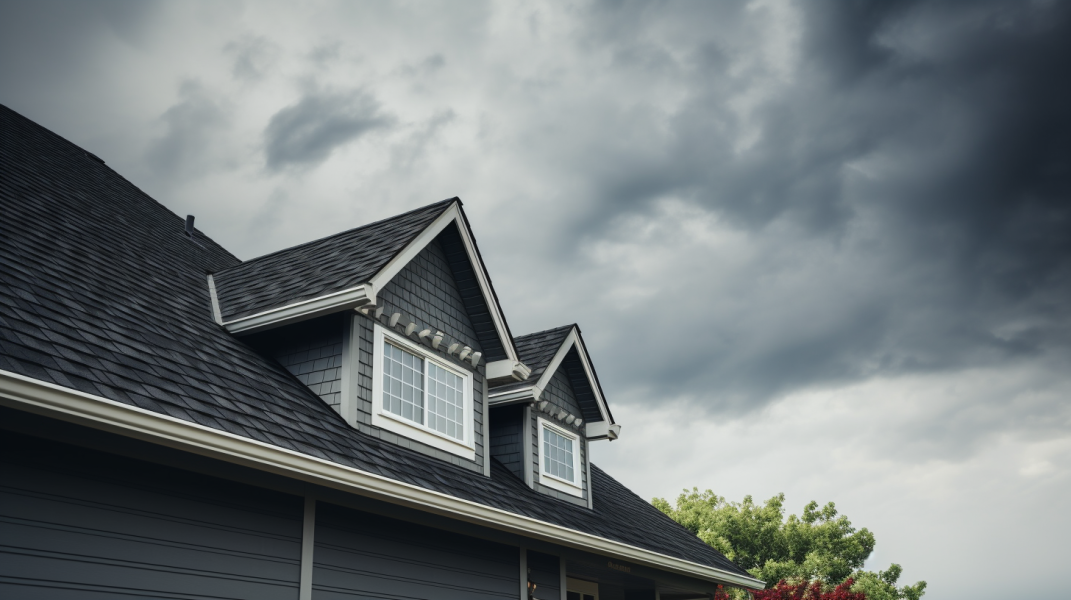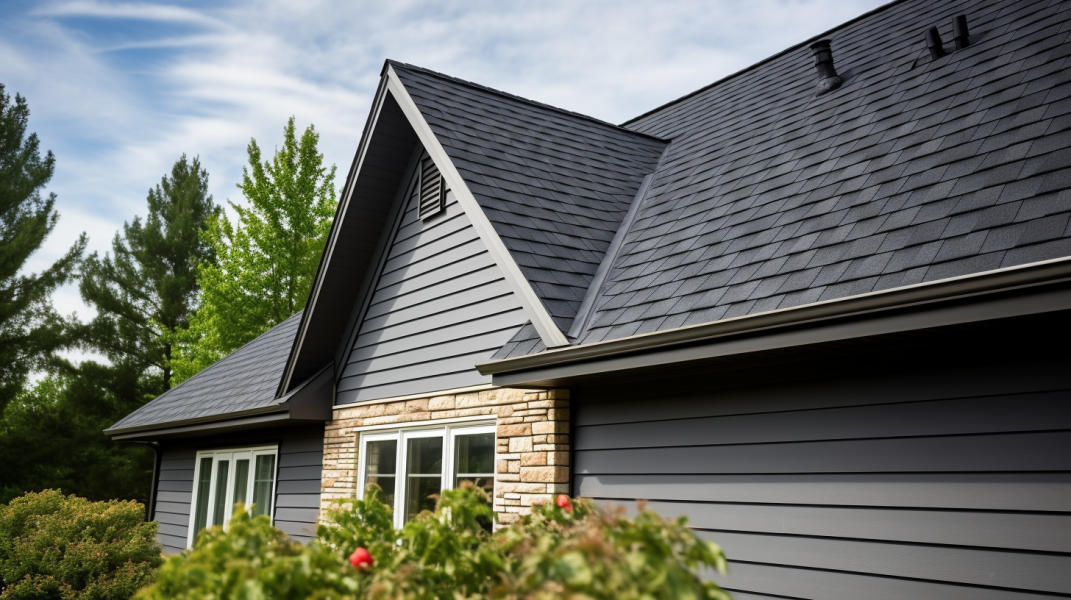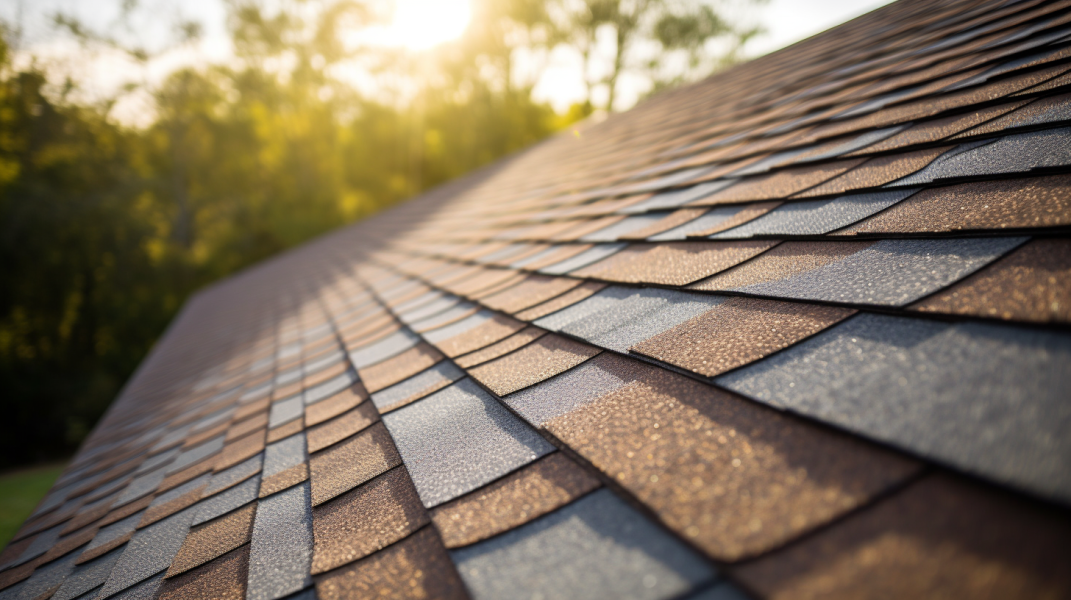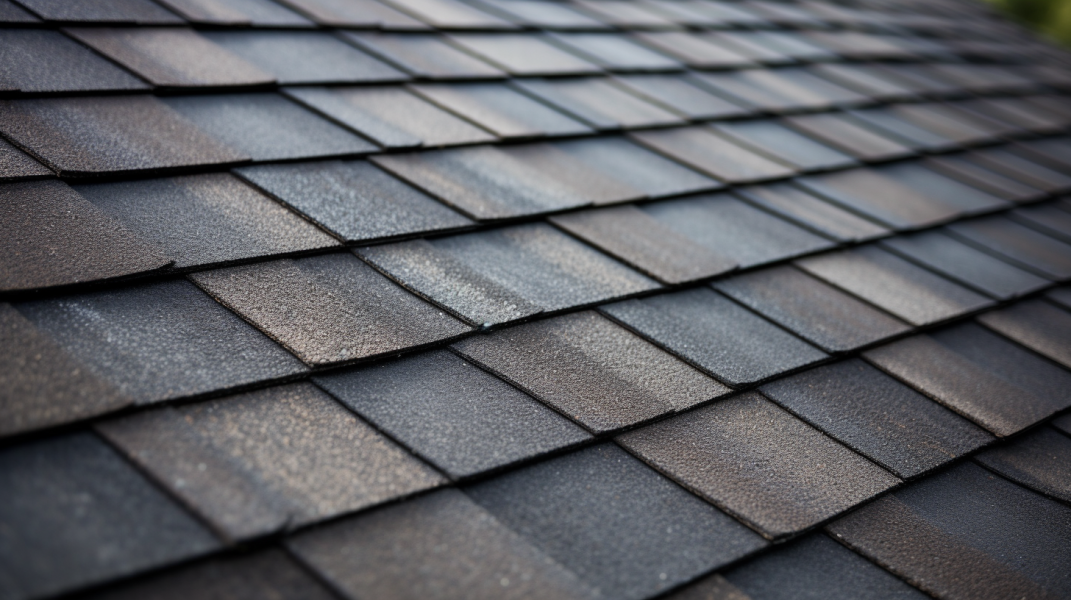Understanding and Combating Algae Growth on Your Roof
Introduction
Algae growth on roofs is a common issue that many homeowners face, detracting from the aesthetic appeal of their homes and potentially causing long-term damage. In this comprehensive guide, we delve into the causes of algae growth on roofs and provide effective solutions to prevent and treat this pervasive problem.
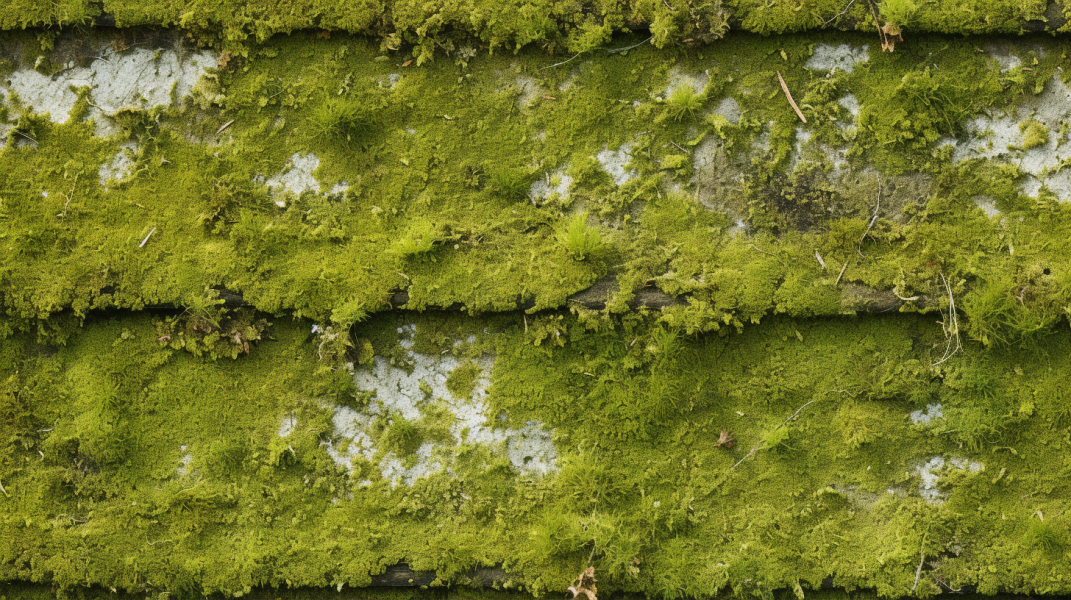
The Science Behind Algae Growth
Algae are simple, plant-like organisms that thrive in moist environments. Roofs provide an ideal habitat for algae, especially when they are shaded and retain moisture. The most common type of algae found on roofs is Gloeocapsa magma, which feeds on the limestone filler in asphalt shingles. As the algae consume the limestone, they leave behind a black residue, leading to unsightly streaks and stains on the roof.
Factors Contributing to Algae Growth
Several factors contribute to the proliferation of algae on roofs. These include:
1. Climate and Weather Conditions
Algae growth is more prevalent in humid and warm climates, where moisture is abundant. Frequent rain, dew, and high humidity levels create a conducive environment for algae to thrive.
2. Lack of Sunlight
Roofs that are shaded by trees or other structures are more susceptible to algae growth. The lack of direct sunlight prevents the roof from drying out quickly, allowing moisture to linger and create a hospitable environment for algae.
3. Roof Material and Age
Asphalt shingles, especially older ones with worn-out protective coatings, are more prone to algae growth. The limestone filler in these shingles serves as a food source for the algae.
Preventative Measures
To mitigate the risk of algae growth on your roof, consider implementing the following preventative measures:
1. Regular Roof Maintenance
Conduct regular inspections and maintenance of your roof to ensure it is in optimal condition. Remove any debris, such as leaves and branches, that may accumulate and retain moisture.
2. Trim Overhanging Branches
Trimming branches that overhang your roof reduces shade and allows sunlight to reach the roof surface, helping to keep it dry.
3. Install Zinc or Copper Strips
Zinc or copper strips can be installed at the roof's peak. When it rains, the metal ions from the strips wash down the roof, creating an environment that is inhospitable to algae.
Treatment Options
If your roof is already affected by algae, the following treatment options can help restore its appearance and prevent further damage:
1. Professional Roof Cleaning
Engaging a professional roofing contractor in Chicopee, such as Nova Home Improvements, ensures that your roof is cleaned safely and effectively. These experts utilize specialized cleaning solutions and techniques to remove algae without damaging the shingles.
2. Algae-Resistant Shingles
When considering roof replacement in Chicopee, opt for algae-resistant shingles. These shingles are treated with copper granules that inhibit algae growth.
3. Apply Algaecide
Algaecides can be applied to the roof to kill existing algae and prevent future growth. Ensure that the product is environmentally friendly and safe for use on roofs.
Conclusion
Algae growth on roofs is a pervasive issue that requires proactive measures to prevent and treat. By understanding the causes and contributing factors, homeowners can take steps to protect their roofs and maintain the aesthetic appeal of their homes. Engaging a reputable roofing contractor in Chicopee, such as
Nova Home Improvements, ensures that your roof receives the care and attention it deserves, preserving its longevity and appearance.


